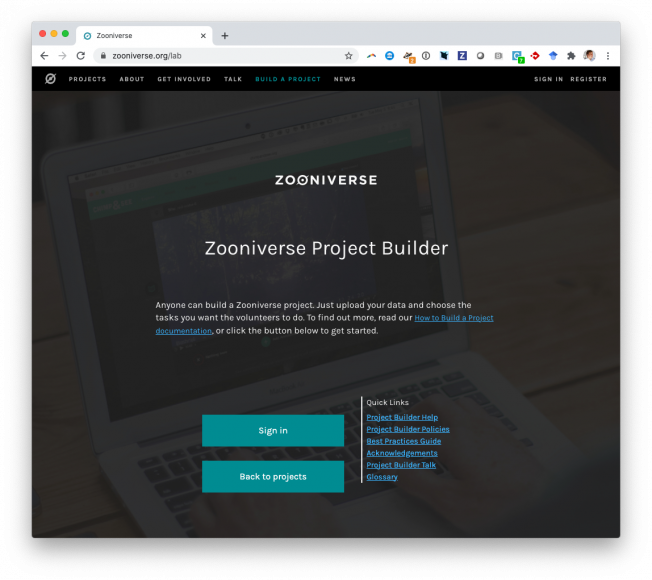SDSS-IV MaNGA: the different quenching histories of fast and slow rotatorsSDSS-IV MaNGA: the different quenching histories of fast and slow rotators
MONTHLY NOTICES OF THE ROYAL ASTRONOMICAL SOCIETY 473:2 (2018) 2679-2687
A transient search using combined human and machine classifications
MONTHLY NOTICES OF THE ROYAL ASTRONOMICAL SOCIETY 472:2 (2017) 1315-1323
Radio Galaxy Zoo: A Search for Hybrid Morphology Radio Galaxies
ASTRONOMICAL JOURNAL 154:6 (2017) ARTN 253
Galaxy Zoo and SpArcFiRe: Constraints on spiral arm formation mechanisms from spiral arm number and pitch angles
Monthly Notices of the Royal Astronomical Society Oxford University Press 472:2 (2017) 2263-2279
Abstract:
In this paper we study the morphological properties of spiral galaxies, including measurements of spiral arm number and pitch angle. Using Galaxy Zoo 2, a stellar mass-complete sample of 6,222 SDSS spiral galaxies is selected. We use the machine vision algorithm SpArcFiRe to identify spiral arm features and measure their associated geometries. A support vector machine classifier is employed to identify reliable spiral features, with which we are able to estimate pitch angles for half of our sample. We use these machine measurements to calibrate visual estimates of arm tightness, and hence estimate pitch angles for our entire sample. The properties of spiral arms are compared with respect to various galaxy properties. The star formation properties of galaxies vary significantly with arm number, but not pitch angle. We find that galaxies hosting strong bars have spiral arms substantially (4-6) looser than unbarred galaxies. Accounting for this, spiral arms associated with many-arm structures are looser (by 2) than those in two-arm galaxies. In contrast to this average trend, galaxies with greater bulge-to-total stellar mass ratios display both fewer and looser spiral arms. This effect is primarily driven by the galaxy disc, such that galaxies with more massive discs contain more spiral arms with tighter pitch angles. This implies that galaxy central mass concentration is not the dominant cause of pitch angle and arm number variations between galaxies, which in turn suggests that not all spiral arms are governed by classical density waves or modal theories.Galaxy Zoo: Major Galaxy Mergers Are Not a Significant Quenching Pathway
ASTROPHYSICAL JOURNAL 845:2 (2017) ARTN 145



